A Good Neighbour
& Active Partner
Building long-lasting relationships with Indigenous Peoples, partners and key stakeholders is paramount to the success of our projects and our partnerships. We create and maintain our partnerships based on trust and shared values guided by our Indigenous Principles. Our existing Indigenous partnerships demonstrate our commitment to incorporating traditional knowledge in the sustainable development of our renewable power projects. In turn, we bring our significant technical knowledge, strong financial capabilities and collaborative approach to every endeavour.
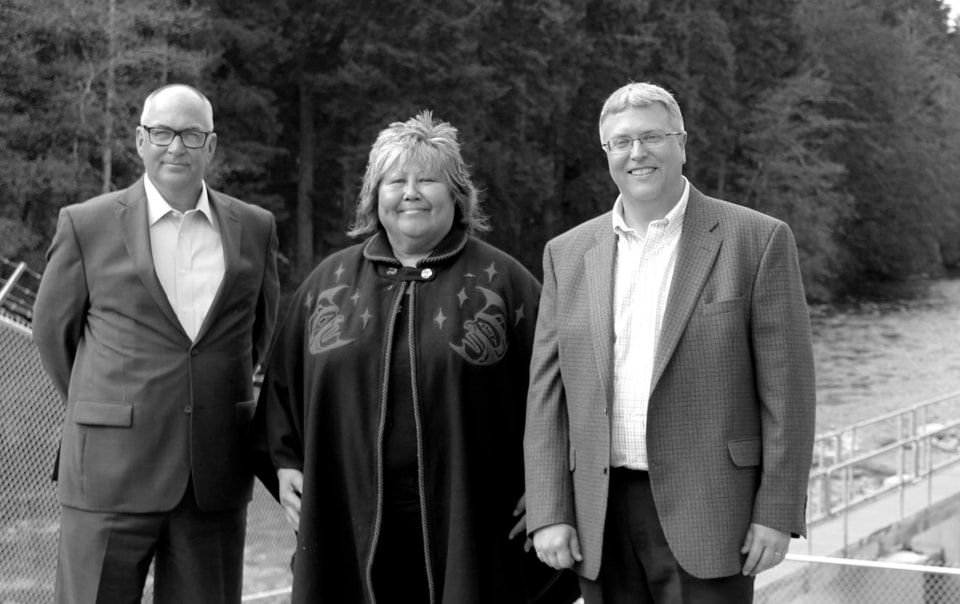
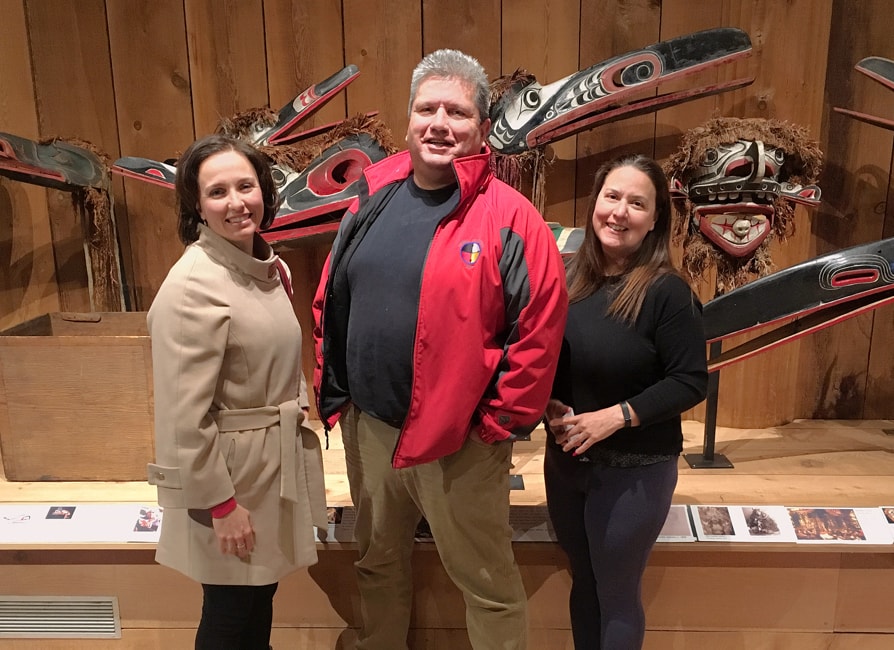

IN PRACTICE
Kokish River Hydro Project & the ‘Namgis First Nation

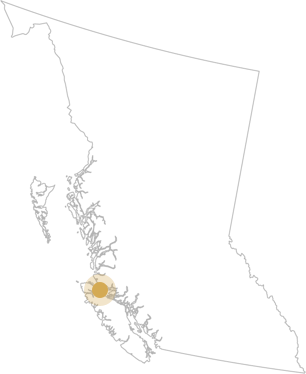
Our Kokish hydro project provided us the opportunity to evolve in our approach to operating sustainably. Developed in close collaboration with our equity partners, the ‘Namgis First Nation, this award-winning project, with its innovative design, combines ecological conservation with sound economics.
In 2014, alongside our equity partners, the ‘Namgis First Nation, we celebrated the opening of our Kokish hydro facility. Located on the Kokish River, its 45 MW capacity delivers power to 13,000 homes annually. Our partnership ensured the timely completion of a complex project, and the operation of a facility that provides socio-economic benefits to the community while respecting and protecting the river’s ecosystem and biodiversity.
Partnership Milestones
The Kokish project was initiated in 2004, when Brookfield Renewable and the ‘Namgis First Nation began to explore opportunities. This resulted in the creation of a limited partnership vehicle in 2006. With a strong emphasis on open dialogue, we focused on understanding expectations and discussing community values and benefits during information sessions held in 2007. Construction of the facility began in 2012, reaching completion in 2014. The project was constructed and delivered on time with a total capital cost of approximately $200 million.
Environmental Considerations
The project was designed to protect the river’s complex ecosystem, especially as it relates to the fish species that are integral to the ‘Namgis First Nation’s culture. To ensure the long-term health of adult and juvenile fish populations in the river, the project deploys some of the most innovative wildlife protection measures in North America, including specially designed screens, gates, a fish ladder and fish fence. This unique environmentally focused design was made possible through this collaboration and the integration of traditional knowledge.
An Ongoing Partnership
Nowadays, we continue to collaborate in operating the facility, conducting key environmental studies and contributing to the ‘Namgis First Nation community through a community fund financed by a portion of the facility’s revenues.
Award-Winning Project
Sustainable Electricity Social Responsibility Award
Canadian Electricity Association
Award of Excellence
Canadian Consulting Engineer Magazine
In Practice
A Good Neighbor to the Michipicoten First Nation
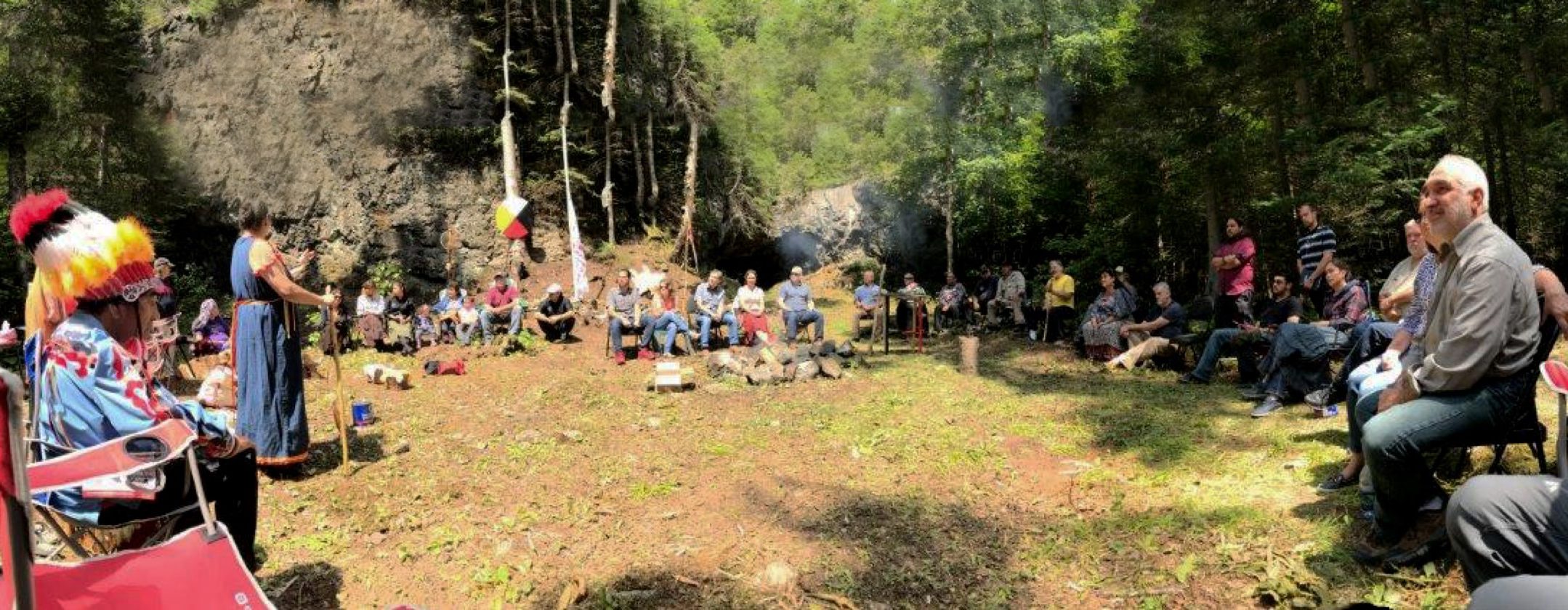
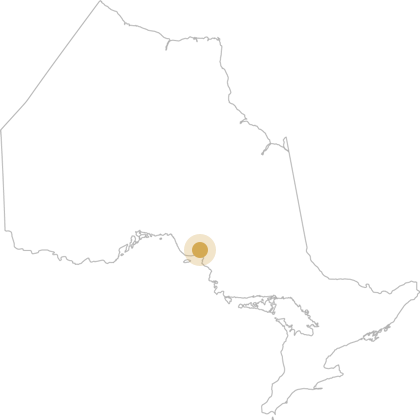
Across the country, we recognize the importance of being a good neighbour and an active partner in our communities. In early 2013, when elders from the Michipicoten First Nation approached us with concerns that Medicine Cave, a sacred site located on our lands, was at risk, we knew we had to act. Located at the confluence of the Magpie and Michipicoten Rivers, near Wawa, ON, the land is home to Medicine Cave, a spiritual site and place of healing of the Ojibway People.
After sitting down with the Michipicoten People to understand their concerns about the incompatible nature of activities taking place at this sacred site, we explored how best to ensure its ongoing preservation and respectful use. Focused on finding the most sustainable, long-term solution, we began the process to transfer 4.4 hectares of land to the First Nation to reunite the Michipicoten People with the sacred site they had used for thousands of years.
In August 2018, the Michipicoten Chief and Council, alongside Evolugen, hosted a ceremony and community feast to commemorate the historical land transfer and celebrated with elders and youth from the First Nation, members of the local community and members of the Evolugen team.
Michipicoten is honoured and grateful to accept the deed for the return of this Sacred Land to our People. It truly shows that Evolugen understands meaningful reconciliation.
Patricia Tangie
Chief of the Michipicoten First Nation
Michipicoten is honoured and grateful to accept the deed for the return of this Sacred Land to our People. It truly shows that Evolugen understands meaningful reconciliation.



